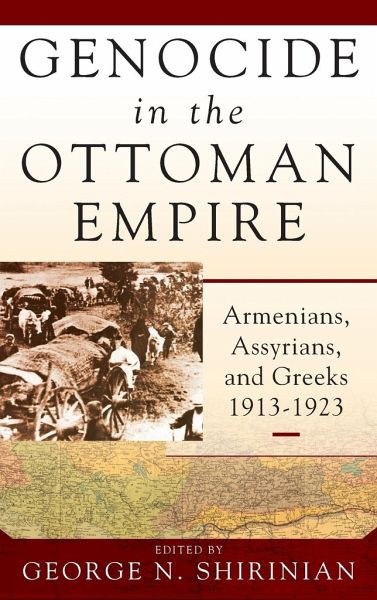
Genocide in the Ottoman Empire
Armenians, Assyrians, and Greeks, 1913-1923
Herausgeber: Shirinian, George N.

PAYBACK Punkte
73 °P sammeln!
It deals with the genocide of the Assyrians. It deals with the genocide of the Greeks. It deals in a comparative manner with the genocide of the Armenians, Assyrians, and Greeks. The contributors are of many nationalities—not only of those discussed in the book—and represent perspectives from various countries (Armenia, Australia, Canada, Greece, US).



